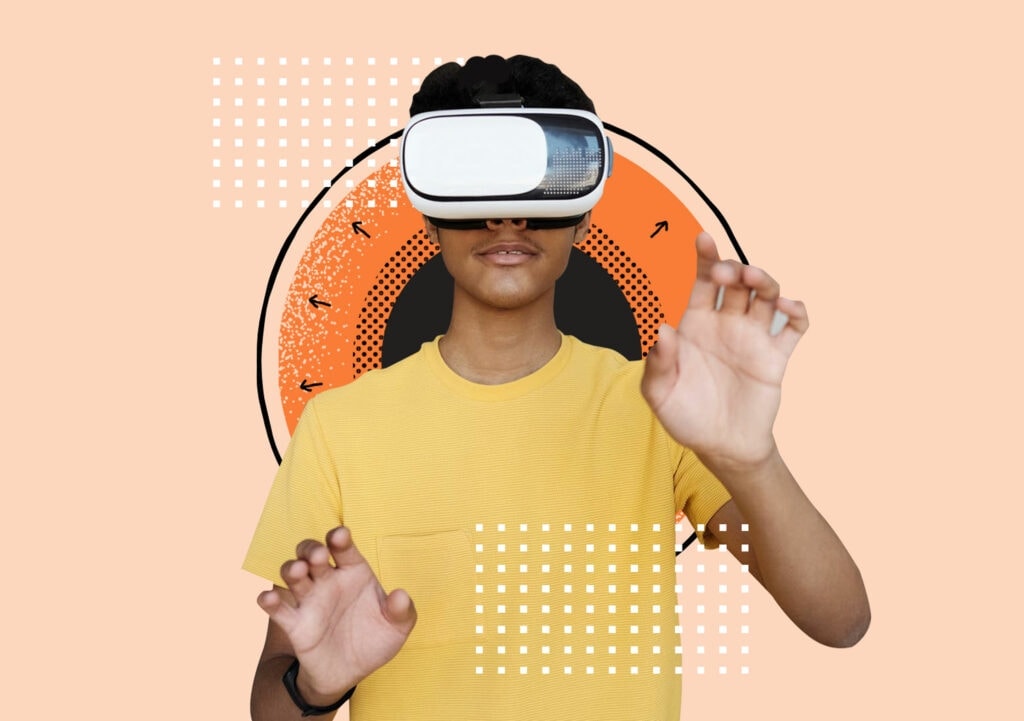When it comes to accessibility in the workplace, many organizations are fine with just doing what’s needed to meet the legal requirements of accessibility. If your workplace is wheelchair accessible and makes reasonable accommodations, that may seem like enough. However, accessibility plays a big role in inclusivity—and inclusivity is essential to creating a positive company culture and employee experience.
There are many small changes that organizations can implement to make their workplaces more accessible for all of their employees. Here are some examples.
Specific fonts can actually be easier to read for people with certain disabilities.
Alison Green of Ask a Manager recently answered a question from someone who was wondering if they should correct an employee who uses Comic Sans in their emails. For those that don’t know, Comic Sans was originally designed to imitate comic book lettering and is widely regarded as a casual script that Design for Hackers describes as “child-like handwriting”.
Alison responds that “while it does look bad”, it’s better to let it go since the letter writer doesn’t have any standing to address it. She continues that Comic Sans is actually recommended by several dyslexia associations. Other fonts, such as Arial, are similarly easier to read for those who struggle with dyslexia. You may want to consider using a font like Comic Sans or Arial if you’re trying to increase accessibility in the workplace and know you have employees who could benefit from easier-to-read fonts.
There are many things you can do to help those that are visually and hearing impaired.
There are some small but significant improvements that your organization can make to improve accessibility in the workplace for employees or visitors who are visually impaired. The Muse recommends including braille signage around the workplace, providing access to screen reader technology such as Dragon, using different textured flooring for different areas of the workplace to distinguish them, and including alt-text on any images/presentations shared.
For the hearing-impaired, you can enable closed captioning during virtual meetings, ensure that the front seats for in-person meetings are reserved for anyone who may benefit from being closer to the speaker, and if you have an employee who is deaf, encourage managers—or everyone—to learn sign language.
There are also a number of ways that organizations can make their application and hiring process more accessible.
Mashable writes that research on inclusive job descriptions shows that the focus should be on “the end goals, or specific needs, of job positions, rather than how the job should be accomplished”. This includes changing phrasing in job description to be more inclusive. As an example, “instead of saying ‘must have strong written and oral communications skills’, write ‘must be able to communicate with others effectively’ [and] rather than ‘must be able to stand for long periods of time’, write ‘ability to remain at work station for long periods of time’”.
Organizations should also make sure that their website and applications are compatible with screen reader software and optimized for people with disabilities. Additionally, interviews can be made more accessible by providing candidates with the questions beforehand so that they are able to prepare better—a practice that, as Mashable describes, “could be helpful for many neurodivergent job candidates (and everyone, really)”.
Ultimately, the key to accessibility in the workplace is being proactive. Don’t wait for employees or job applicants to come to you with suggestions and requests. Instead, seek out ways to make your workplace more accessible.



